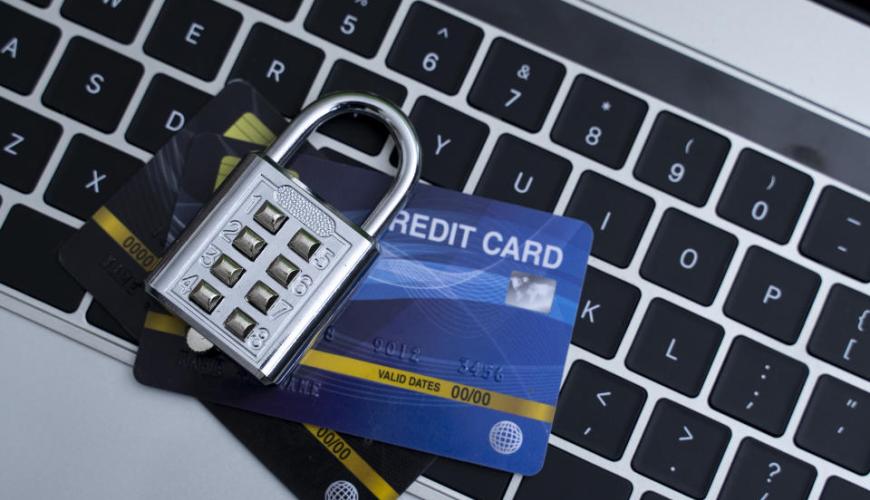Best Practices for Creating a Secure Credit Card Password
- 10 February 2024 2:01 AM

The Federal Trade Commission reported a disturbing 1.4 million cases of identity theft in 2023, with over 380,000 of these being credit card frauds. In this era of digital susceptibility, it's crucial to understand how to establish a robust credit card password and secure your personal information from potential intruders.
Credit card fraud can occur through various means. Skimming devices fitted into ATMs or point-of-sale terminals can capture and store credit card details when swiped. Cybercriminals may hack databases to extract customers' credit card information, resulting in widespread credit card fraud. Phishing scams involve tricking individuals into providing their card details voluntarily. Public Wi-Fi networks can expose credit card data to potential hacks, while physical theft of credit cards can lead to immediate unauthorized usage.
Moreover, contactless credit cards, which utilize Radio Frequency Identification (RFID) technology, have become an appealing target for thieves. Criminals use RFID skimmers to covertly capture a card's RFID signal, thus obtaining your card details without physically possessing the card itself. This highlights the need for RFID-blocking materials or wallets.
Creating a solid password stands as the first defense measure against unauthorized access to your online financial accounts. An effective password utilizes a complex mix of letters, numbers, and symbols, making it harder for intruders to crack. Additionally, employing security measures like two-factor authentication and security questions can further extend the security barrier.
A strong credit card password should strike a balance between length and complexity; aim for a minimum of 12 characters that aren't predictable. Use a mixture of uppercase and lowercase letters, include numbers, and sprinkle special characters. Avoid common words, personal information, and ensure uniqueness across different accounts. Regularly updating passwords not only enhances security but also limits the window for misusing a stolen password.
Creating a fortified credit card password involves bundling your private information securely and preventing unauthorized access to your online accounts. Using memorable phrases from movies, songs, or books can form the basis of your secret code. Creative abbreviations and password managers are also effective tools.
Password managers, cloud software tools like LastPass or Dashlane, serve as a secure vault for all your passwords. These tools generate complex passwords, store and manage them, offering features such as two-factor authentication and password encryption. You only need to remember a master password to access your digital safe.
Having a solid password is just the initial step – proactive measures are necessary. Employ two-factor authentication wherever possible, and prefer credit card issuers offering zero liability protection. Transaction alerts from your issuer constitute an early warning system against unauthorized usage or suspicious account activity.
In conclusion, the importance of a strong password and proactive measures can't be overstated. Remember, your password acts as the front door to your online financial world; be sure to make it as strong as possible.
Editorial Disclosure: The details mentioned concerning financial products are accurate as of the publish date. Check the issuer’s website for the most current information. Not all available offers are included.
